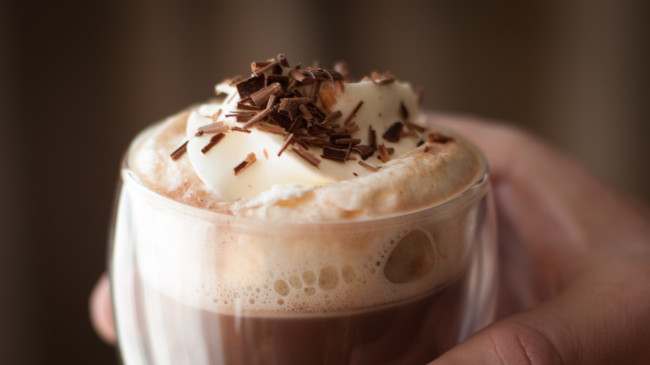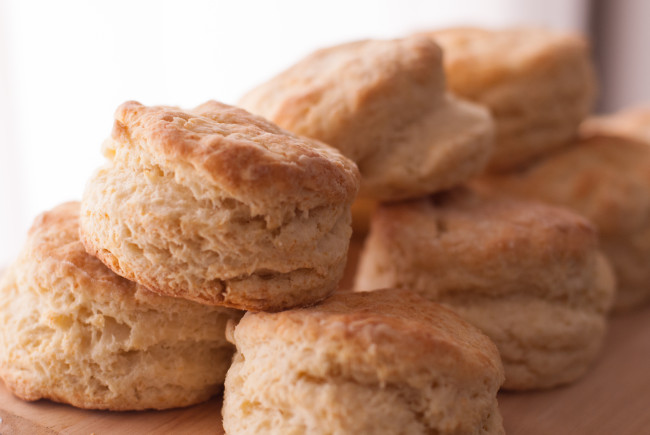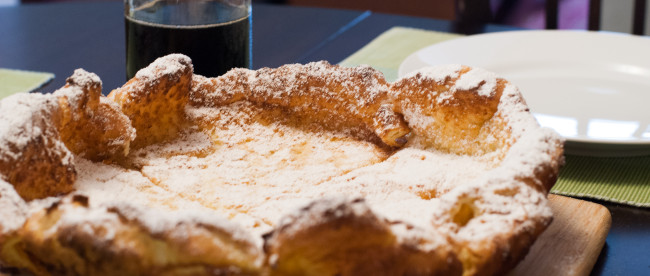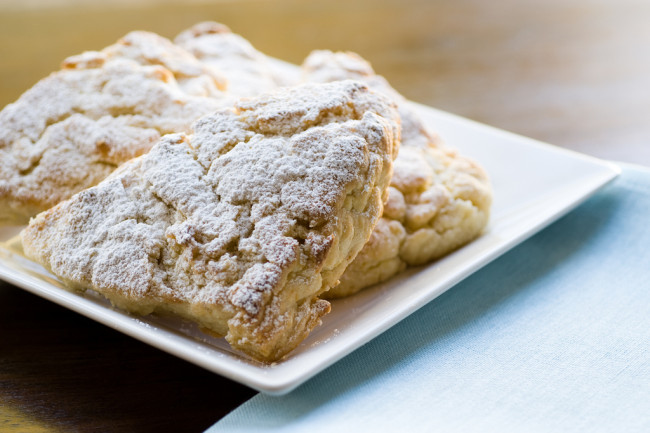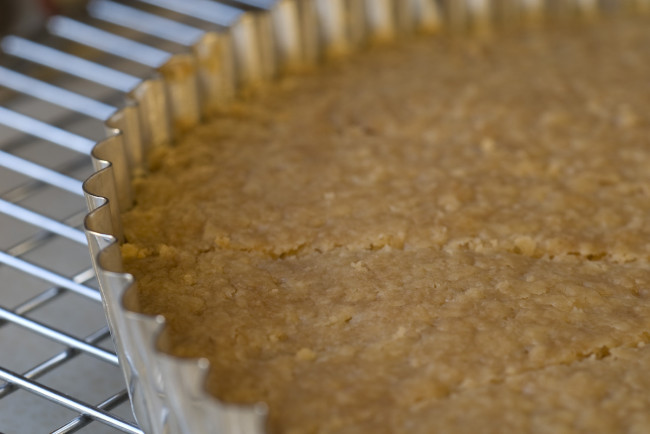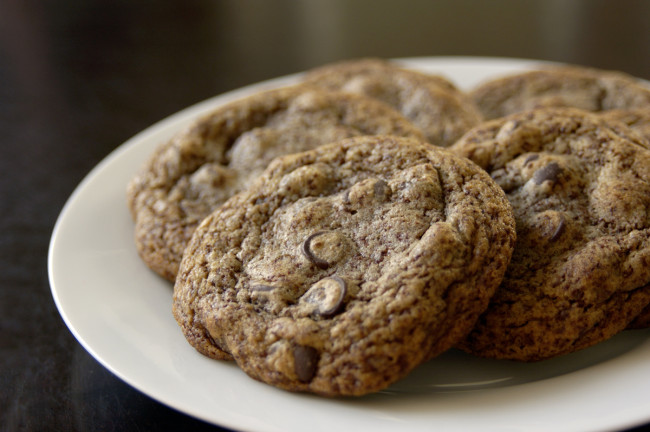With food, as with life, you get out what you put in. Returns are proportional to investment. It shouldn’t come as a surprise that dumping two scoops of powder into a mug of hot milk isn’t an immersive experience. More often than not you end up with a too-sweet, flavorless mugful of swill with a layer of sludge at the bottom. Devotion to this routine has more to do with nostalgia than good taste. Why not try a little harder? Just a bit.
A rich cup of hot chocolate starts with good chocolate. Pick your poison. I prefer dark chocolate in the 60% range for this recipe – something good like Scharffen Berger, Valrhona or TCHO. I keep the additional flavors to a minimum: a touch of vanilla, a dash of cinnamon and a pinch of salt (to help the chocolate “pop”). Another option is just a bit of cayenne to add a little heat. In our house, fresh whipped cream on top is a requirement. Maybe a dusting of grated chocolate if you’re trying to impress someone.
For all the talk of slow hot chocolate, this simple recipe comes together in about 15-20 minutes. Enough time to appreciate the ritual; not so long as to be discouraging. Drink up and slow down.
Yield
This recipe will produce about 26 ounces, enough for 4 reasonable servings. You can also make this ahead and keep it in the refrigerator for 24 hours or so.
Ingredients
- ¼ cup water
- ¼ cup granulated sugar
- 6 oz. chocolate rough chopped (see note above)
- 24 oz. whole milk
- ½ teaspoon vanilla extract
- Dash of cinnamon
- Pinch of sea salt
- Fresh whipped cream
- Chocolate shavings (optional)
Method
- In a medium saucepan over low heat, dissolve the sugar in the water.
- Add the chocolate, stirring constantly with a whisk to prevent scorching.
- Once the chocolate is melted, add the milk and stir regularly, making sure there isn’t any chocolate lingering on the bottom of the pan – mix it in well.
- Add the vanilla, cinnamon, and salt and continue stirring over low heat.
- Test the temperature with your finger or some more scientific technique, removing it from the heat when it’s a little hotter than your preferred temperature.
- Pour in the hot chocolate into you vessel of choice, leaving some room at the top of the glass.
- Top off each glass with more whipped cream and perhaps some chocolate shavings, if you’re feeling so bold.
- Variation: A pinch of cayenne pepper to give the chocolate some heat.
